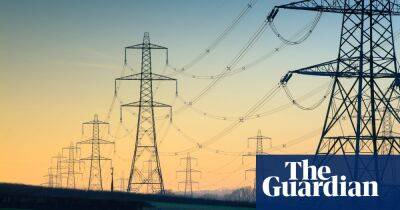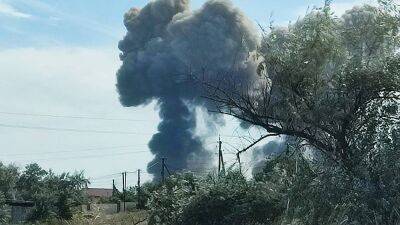As drought shrivels Lake Powell, millions face power crisis
Bob Martin, the deputy power manager at the Glen Canyon dam, gestures at the band of whitish, chalky residue running along the steep canyon walls towering above the Colorado River.
“That’s where the water level used to be,” says Martin. “It’s fallen lower than even the lowest end of the scale thought possible when the dam was constructed.”
The miles-long “bathtub ring,” bleached white by water over years, is a glaring symbol of the crisis unfolding at the Colorado River basin, which is suffering its driest period for more than 12 centuries.
At the epicentre of this slow-burn environmental disaster embroiling the US south- west is Lake Powell, an artificial reservoir on the Colorado River created through the flooding of Glen Canyon in 1963.
Alongside Nevada’s Lake Mead, Powell is one of the two largest reservoirs in the nation, holding 24m acre feet of water and spanning the Arizona-Utah border, and together they provide a vital water supply to a combined 40 million people in the south-west. Lake Powell is also a major source of hydropower: the vast pressure of the Colorado River traveling through the Glen Canyon dam’s 15-foot pipes, which spins turbines and then powers eight generators, produces cheap and clean energy for as many as 5.8 million homes and businesses across seven states.
But dwindling water levels at Lake Powell, which is now at 28% of its 24m acre-feet capacity, have put the Glen Canyon dam at risk. In March, water levels fell below 3,525 feet – considered a critical buffer to protect hydropower – for the first time. If the lake drops just another 32ft, the dam will no longer be able to generate power for the millions who rely on it.
Such a calamity might not be far off. The Bureau of Reclamation, the US
Read more on theguardian.com


 theguardian.com
theguardian.com


















